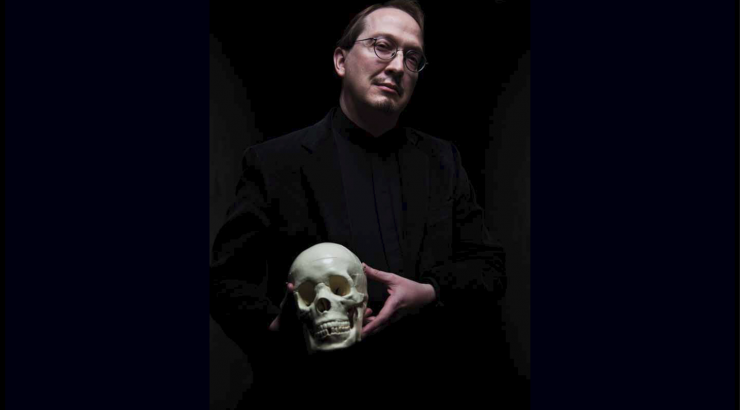
IQS Seminar: Quantum Field Theories in Discrete Spacetimes Todd Brun
October 21, 2021
Professor Todd Brun will be visiting from USC and giving a seminar next Monday, October 25th at 12PM in Room 149 of the Keck Center (the Dean’s Suite Conference Room). The talk will also be live on Zoom:
https://chapman.zoom.us/j/95649186660?pwd=QTVzZ1FlSm55NU9SaUFwTmpzUms2UT09
Title: Quantum field theories in discrete spacetimes
Abstract:
Quantum walks (QWs) are unitary analogues of classical random walks, and quantum cellular automata (QCAs) are unitary analogues of classical cellular automata. The QW on the 3D body-centered cubic lattice gives rise to solutions of the Dirac equation in the long-wavelength limit, both in 1D and 3D; in 1D, a two-dimensional internal space is required, and in 3D a four-dimensional internal space. QWs can be treated as the one-particle sector of a QCA, so it is natural to seek QCAs that give rise to quantum field theories in a similar limit. This can be done fairly straightforwardly in one spatial dimension, with the QCA being naturally described in terms of creation and annihilation operators that create or destroy particle locally, evolve simply under the QCA unitary, and obey the usual anticommutation relations. However, generalizing this construction to two or more spatial dimensions fails: the requirements of anticommuting creation and annihilation operators are inconsistent with a local QCA. For a QCA to give rise to a fermionic quantum field theory in the long-wavelength limit, one must give up at least one desired property of the QCA. To evade this no-go theorem, one can let the local subsystems become high-dimensional, and restrict to the completely antisymmetric subspace of a larger space. Bosonic QCAs can also be constructed; these do not have the same problem with anticommutation, but also require high-dimensional local subsystems. Taking these constructions as a model of particles propagating in discrete spacetime, the discreteness could be detected using non-parallel matter interferometers. Finally, we consider the problem of adding fermion-boson interactions, and progress towards constructing a fully interacting QCA model, and the potential for using QCAs to simulate quantum field theory.